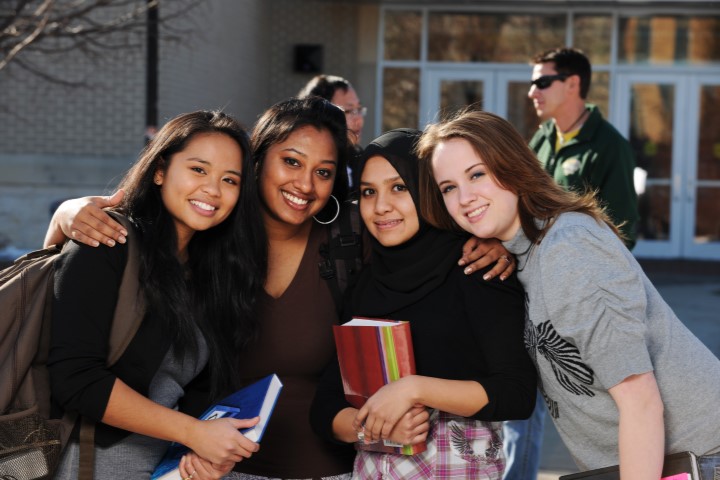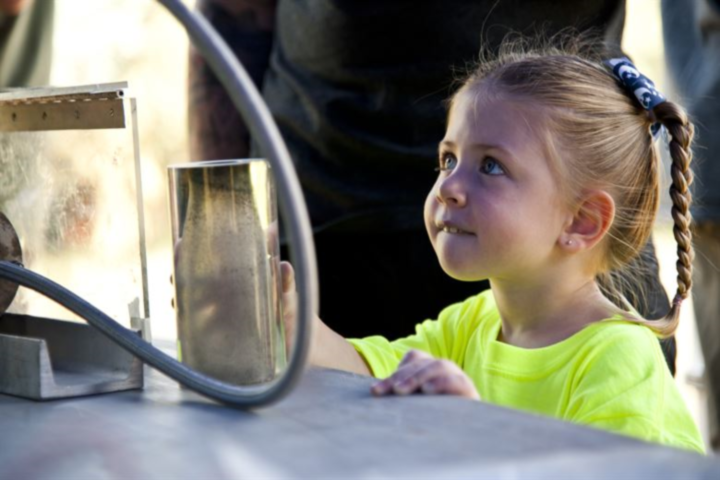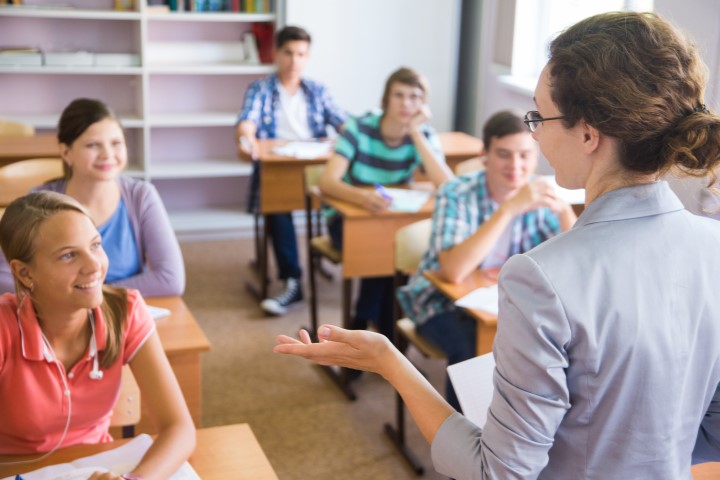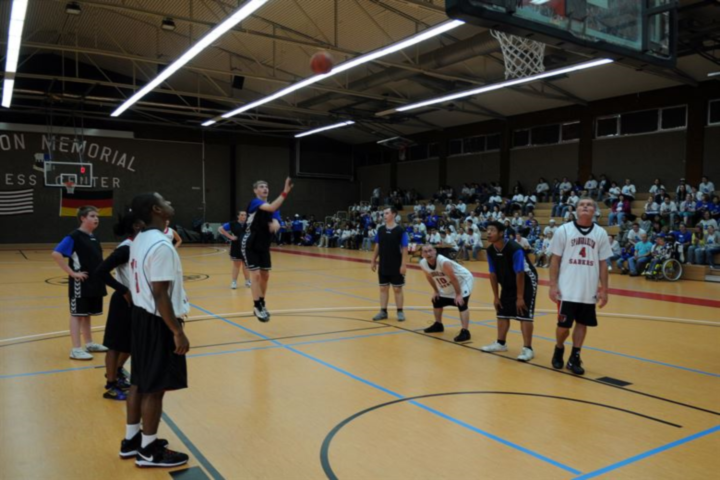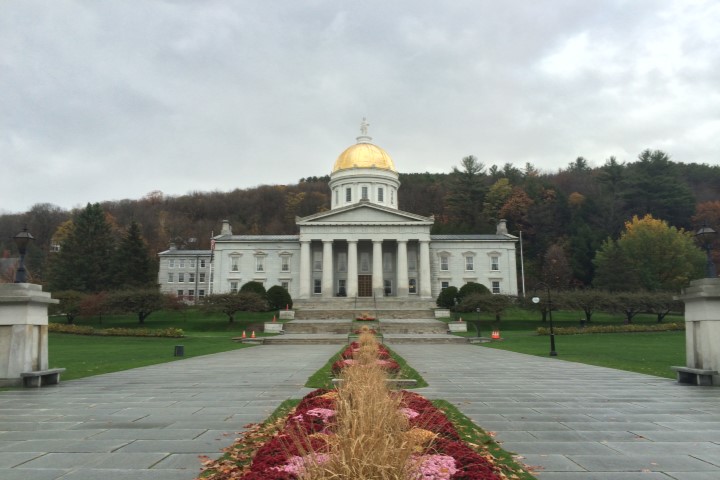Civics is making a comeback in schools, sparked in part by the 2016 election.
“This town is liberal and I thought that was the way of the world,” Mamaroneck High School freshman Jacobi Kandel told The New York Times. “I totally thought Hillary was going to be the first female president. Then I woke up and said, ‘What’s going on?’”
Kandel is among dozens of students at the New York school who were inspired by the 2016 election to sign up for a new four-year program called Original Civic Research and Action, which tasks students with developing a useful solution to an ongoing problem in the community.
The initiative is part of a broader push in schools and statehouses across the country aimed at engaging students in government and service. Only Maryland and the District of Columbia require community service and civics classes for graduation, while 11 states have no civics requirement. Nine states and the District of Columbia require a full year of civics instruction, and 30 states require a half-year, the Times reports.
Experts said a laser focus on core subjects like math and English have consumed class time previously devoted to civics, and the result is reflected in the National Assessment of Educational Progress test, which showed only 18 percent of 8th graders scored at or above proficient in American History in 2014. Only 23 percent of students met the threshold for civics, according to the news site.
The disengagement seems to continue after high school, with less than half of 18- to 24-year-olds voting in the 2016 election nationwide, the lowest turnout among all age groups.
The renewed focus on civics in schools aims to both boost engagement and counter the divisive political culture. Lawmakers in several states are also considering legislation to increase civics requirements for students, in some cases with mandatory citizenship tests.
Mamaroneck High School government and history teacher Joseph Liberti told the Times he attempted unsuccessfully to launch the Original Civic Research and Action program in the past, but “launching it became much easier in 2016,” when Americans elected Donald Trump president.
“The energy was there and I was able to ride that wave,” he said.
Officials in other schools like Chicago’s Polaris Charter Academy are also helping students better understand the intersection of government and community, while encouraging them to work together and consider opposing opinions. A student-led campaign at Polaris last year focused on gun violence, and it required students to research the Constitution and Second Amendment, and work with police, lawmakers, activists and gang members, the Times reports.
“This is not just about a high school civics class. – It’s not to prepare students for tests, but to prepare them to be active, contributing citizens,” said Ron Berger, who oversees academics for Polaris’ parent company EL Education. “We’ve forgotten about that as a nation.”
In his book “The Death of Character,” Institute for Advanced Studies in Culture founder James Davison Hunter points to esteemed sociologist Charles Moskos’ perspective on the importance of developing a shared sense of civic virtue.
“… (A)s Charles Moskos put it, ‘because of the relative weakness of other forms of community …., our cohesion depends upon a civic ideal rather than on primordial loyalties.’ In this way, service-learning as a vehicle of civic education can be a means by which communities are drawn together again,” Hunter wrote.
Educators who want to bridge political divides and help students engage in their communities can find a wealth of resources through CIVITAS, a comprehensive K-12 model for civic education developed with the help of dozens of leading scholars and classroom teachers from across the country.


